Pork shank recipe to use again and again. Braising with aromatics and dark beer delivers fork tender meat, nicely browned exterior and a luscious sauce for a trully spectacular dish.
Go straight to the Recipe Card or
Read on for relevant tips and step-by-step pictures (2 mins).
What is a Pork Shank – About This Cut & Recipe
We regard pork shanks as one of the top three most delicious cuts of pork, right on par with pork neck (aka collar or shoulder near the neck) and pork belly. Not only are they naturally endowed with rich porky flavor, but when cooked right they become exceptionally tender.
A pork shank is a cut from the section of the pig’s leg where the foot connects with the shoulder or the hip of the animal, hence there are foreshanks and hindshanks. Hind shanks are meatier and are the ones typically harvested for sale.
The hindshanks we get from D’Artagnan (and used for this recipe) come from Heritage breed animals with traceable bloodlines and are particularly flavorful, with rich marbling. They are perfect for slow cooking with an aromatic liquid (braising).
We do so in a roasting pan in the oven to accomodate their size – five or six of them cannot fit even in our largest braiser or oval Dutch oven pot. The meat transforms into a fall-off-the-bone tender delicacy and the pan liquid finishes saturated with the taste of the drippings.
NOTE: If you are looking for Bavarian beer hall style roasted pork knuckles with crispy skin this is the Schweinshaxe recipe you need!
You Will Also Need
- S&P and cooking oil. Because the typical pork shank sold in the US has the skin removed and is mostly trimmed of fat we do not find it necessary to dust with flour prior to browning. A generous seasoning with kosher salt and black pepper is enough. Use olive oil or vegetable to sear each pork shank.
- Aromatic vegetables. We like the combination of onions, celery and garlic, but if you really want to add carrots for extra sweetness do so.
- Herbs and spices. Both oregano and thyme work very well in this recipe, we also use some bay leaf. If you’d like you can add a couple of whole cloves (the spice).
- Beer and/or other flavorful liquid. We encourage you to not entertain thoughts about skipping the beer. A dark ale or lager has a natural affinity for pork meat and the more malty, roasty notes it brings, the better the sauce will taste. Choose among styles such as ambers (lagers like Marzen, Vienna, bock or American amber ales), brown ales, porters or stouts. Make sure they are well balanced and the hops do not dominate. If you must skip the beer however, substitute with beef stock (you may simply add more beef base than suggested and add water).
Braised Pork Shank Step-by-Step
The workflow for braising pork shanks is no different than that for other meat braises.
- Begin by browining the seasoned shanks on all sides in a pan over medium-high heat, working in batches, and transfering them to a suitably sized pan.
- To make the braising liquid saute the veggies and deglaze with part of the beer. Once all the brown bits have been scraped off the bottom, add the rest of the beer, beef base and water, and the herbs.
- Pour the entire mixture over the shanks, tightly cover with foil and braise at a low temperature (between 275 and 300 F is ideal, depending on the strength of the oven).
- When the shanks are fork tender finish them uncovered in the oven in order to allow the outsides to brown and acquire a level of crispness. For this step you can simply turn them over as shown or place them upright.
What Happens in the Pan?
The braising liquid begins to evaporate and circulates around the pan, the steam gently cooking the shanks. As the steam condenses the process enters a time loop and the gentle moist heat slowly melts the collagen of the connective tissue attaching the muscle to the bones.
The fat renders slowly, basting the meat with flavor, in addition to that contributed by the ingredients of the braising liquid. The bone marrow seeps into the mixture.
After a while the meat pulls away from the tibia and fibula bones within each shank and they become spectacularly exposed.
Time and low temperature are your friends. Do not try to rush the process, do not increase the heat or cut short the braising time in favor of the uncovered time in the oven. Stick with the recipe and trust your eyes when testing for tenderness. The shanks are done only when you can effortlessly separate the meat from the bone with just a fork.
Make Gravy with the Roasting Pan Drippings
To convert all the goodness concentrated at the bottom of the pan into a delicious sauce all you have to do is follow the steps above. If there is excess fat (this is not the case with the shanks sold by D’Artagnan) be sure to skim it, then strain and simmer the liquid until it thickens. To speed things up you may add a slurry of corn starch and water.
How to Serve Braised Pork Shank
We rather favor the family style presentation pictured above, with the shanks resting in the roasting pan with a simple garnish of fresh herbs. Once placed at the center of the table we give them a liberal drizzle of the sauce, for everyone to see, with most of the sauce reserved for flavoring the individual servings later on.
A single pork shank has enough meat on it to feed two people with smaller appetites for meat. A keen carnivore will most likely defeat the entire cut, it really depends on the person. When you budget for kids, plan on serving them half a shank – you will be able to strip the meat from the bones and easily divide it in two.
Most Compatible Side Dishes
Pillowy potato dumplings or mashed potatoes are ideal alongside a braised pork shank. We also like crispy roasted potatoes (a bit tricky to prepare simultaneously if you do not have a dual zone oven) and of course, spaetzle. All manner of slow roasted winter vegetables work great too – consider braising them in a separate pan, next to the shanks. These baked onions are another great side option.
You Might Also Like
Schweinshaxe
Braised Lamb Shanks
Braised Beef Shanks Osso Buco
Braised Venison Shanks
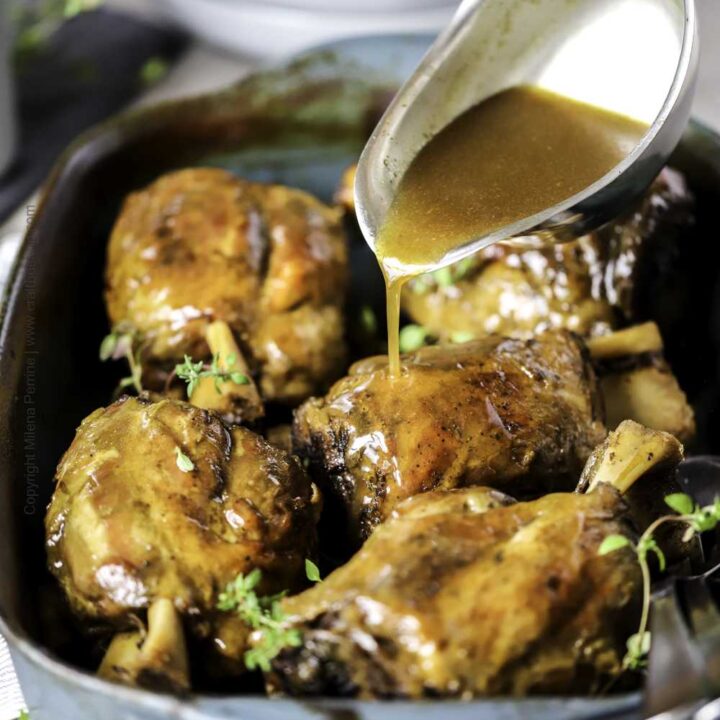
Pork Shanks Braised with Dark Beer Sauce
Tried and true pork shank recipe that delivers fork tender meat permeated by deep flavors and smothered in a rich dark beer sauce made with the pan drippings. Keen carnivores can enjoy a full shank, shy diners can comfortably split one.
Ingredients
- 5 pork shanks (1 to 1 1/2 lbs each)
- kosher salt and pepper, to liberally season the shanks
- 2 tbsp vegetable oil
- 2 onions
- 2 celery ribs
- 4 cloves garlic
- 12 oz dark beer*
- 1 tbsp beef base (plus 1/2 cup water)**
- 6-8 sprigs fresh thyme
- 6-8 sprigs fresh oregano
- 2 bay leaves
Instructions
TO BRAISE THE SHANKS
- Turn on the oven to 300 F (275 F if it is really strong). Pat dry each pork shanks and liberally season with salt and pepper. Rough chop the onion, celery and garlic.
- In a skillet over medium-high heat add the vegetable oil and sear the shanks on all sides, working in batches. Transfer them to a suitably large roasting pan/baking dish.
- Lower the heat to medium and saute the chopped veggies until softened. Deglaze with a bit of the beer and thoroughly scrape off all the brown bits from the bottom of the skillet. Add the rest of the beer, the beef base and water (or beef stock). Stir.
- Add the thyme, oregano and bay leaf and bring to boil. Pour the so prepared braising liquid over the shanks and tuck veggies and herbs. Tightly cover the pan with foil to make sure as little moisture as possible can escape. Transfer it to the oven and cook for about 2 1/2 hours.
- Take the pan out of the oven and check the shanks for tenderness. At this point the bones should be well exposed and the meat very tender. If not easily separated from the bones by minimal pressure from a fork, cover and braise a bit longer. If needed add a bit of water to replenish the braising iquid.
- Keep checking every 15 minutes or so until satisfied with the tenderness of the pork. When the meat is fork tender, gently turn around the shanks or stand them upright, and cook in the oven uncovered at the same temperature for extra 15-20 minutes, until the exterior acquires an appetizing brown finish.
TO MAKE THE SAUCE
- When the shanks are done browning, remove them from the pan and strain its entire contents into a sauce pan. Keep the liquid and discard the solids. Return the shanks to the pan and cover to keep warm.
- Bring the strained liquids to simmer and let reduce until a thickish sauce forms. Taste and season with salt and pepper if needed. If you would like to speed up the thickening step add 1 tbsp corn starch dissolved in 1 tbsp cold water to the simmering liquid. It will thicken almost instantly.
Notes
*Choose a malty, non-bitter (minimal hops) style with roasty notes. Look for an Egnlish style brown ale, porter, stout or German lagers such as dunkel, bock, Vienna or Marzen. American amber ales will work well too.
**Or use 1/2 cup beef stock. You may also substitute the beer with 12 oz beef stock.
Be sure to consult the body of the post for useful tips related to the recipe and the step-by-step pictures.
If you are slow cooking less than 4 shanks, you can definitely use a braiser, they should fit in a standard sized one.
Recommended Products
We are affiliates for Amazon and other vendors and qualifying purchases you make support our blog at no cost to you.
Nutrition Information:
Yield: 5 Serving Size: 1Amount Per Serving: Calories: 315Total Fat: 17gSaturated Fat: 4gTrans Fat: 0gUnsaturated Fat: 12gCholesterol: 79mgSodium: 555mgCarbohydrates: 7gFiber: 1gSugar: 2gProtein: 24g
Based on a single pork shank. Due to various size shanks this information will vary.

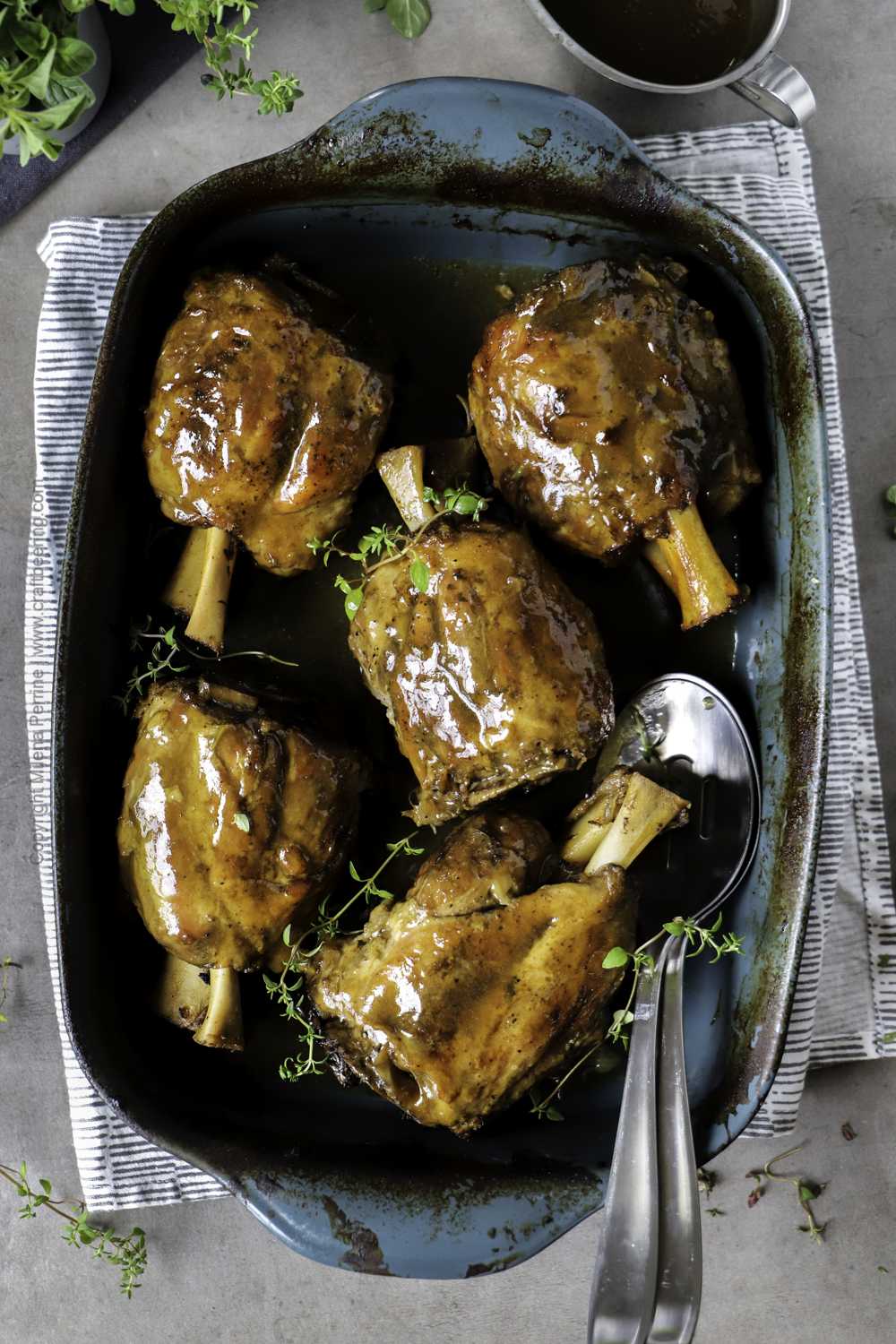
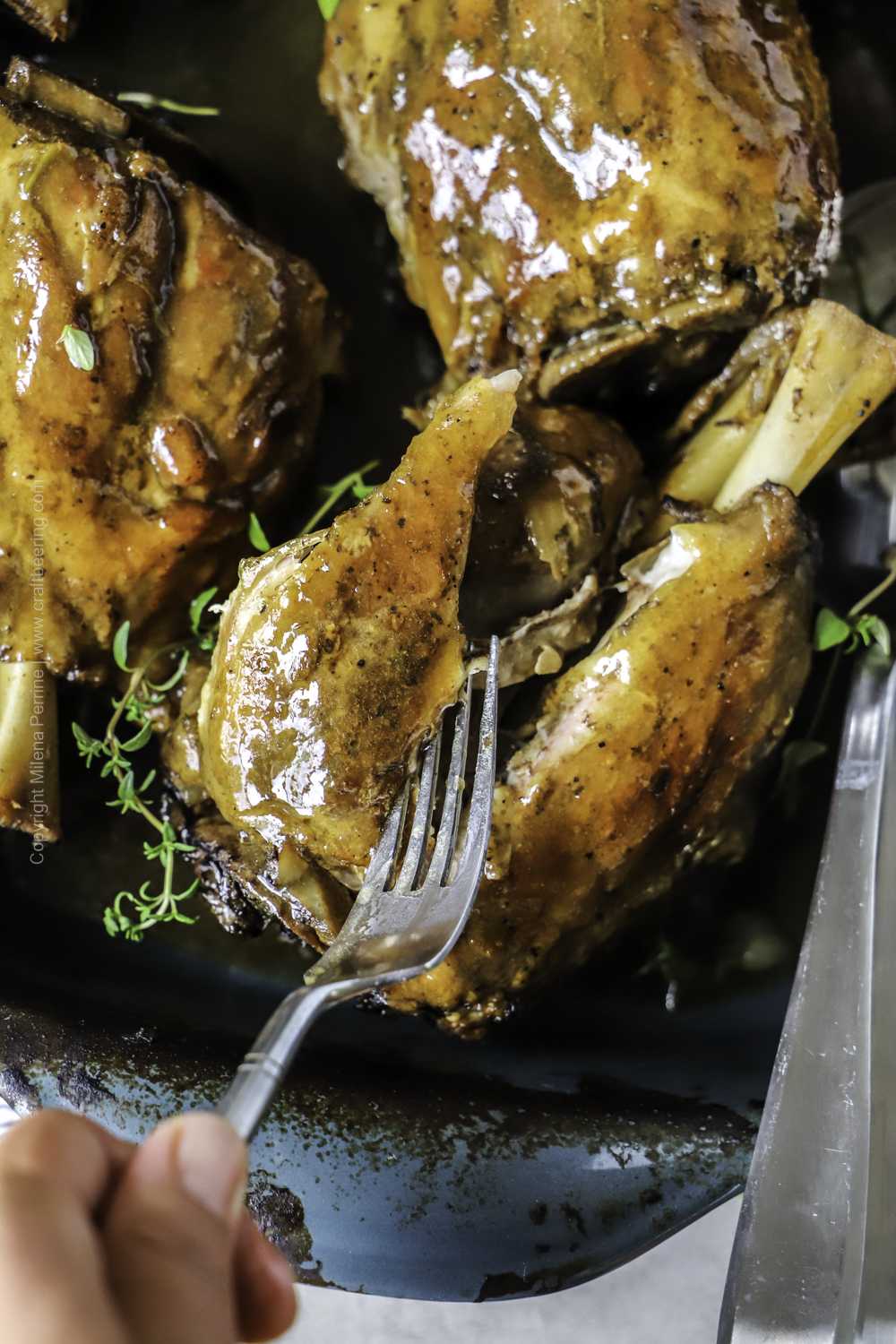
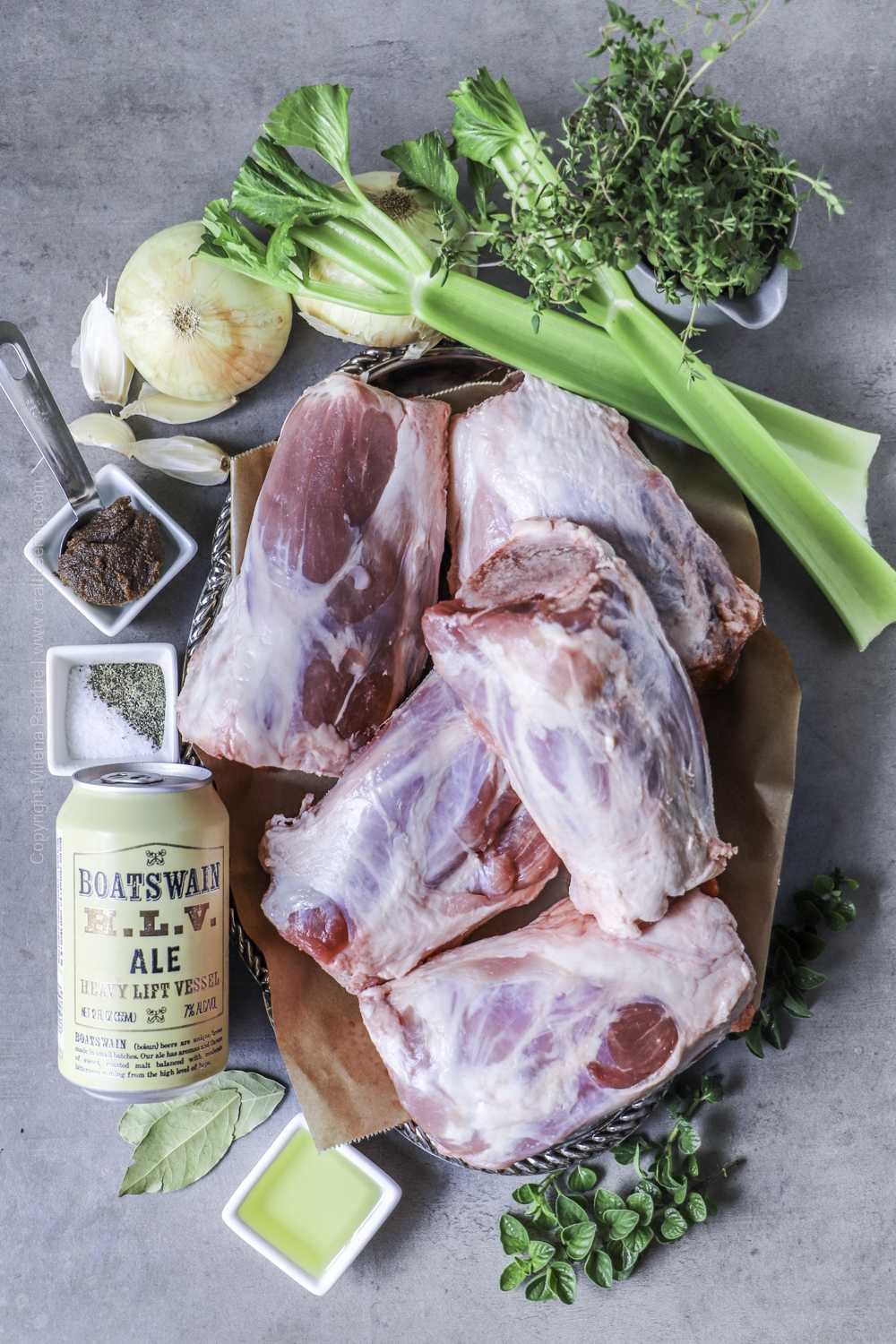
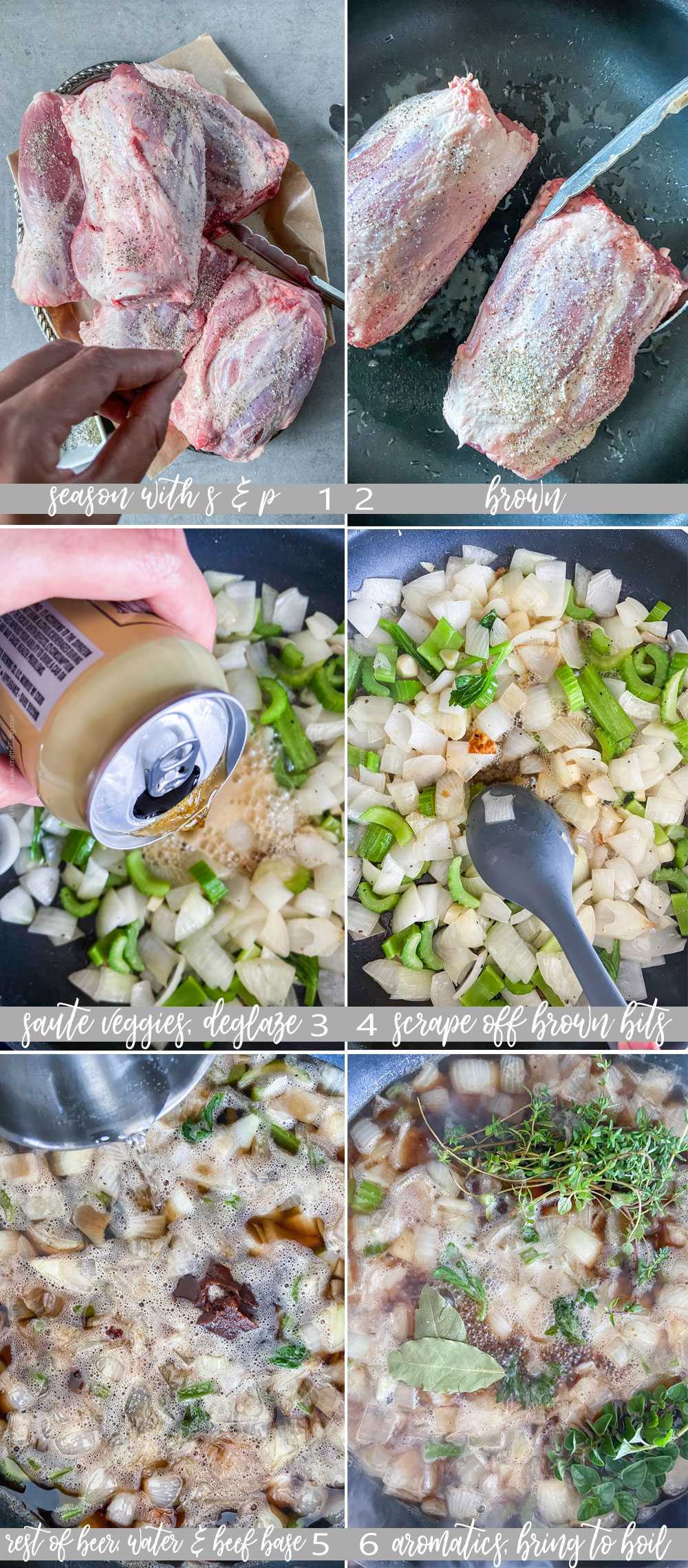
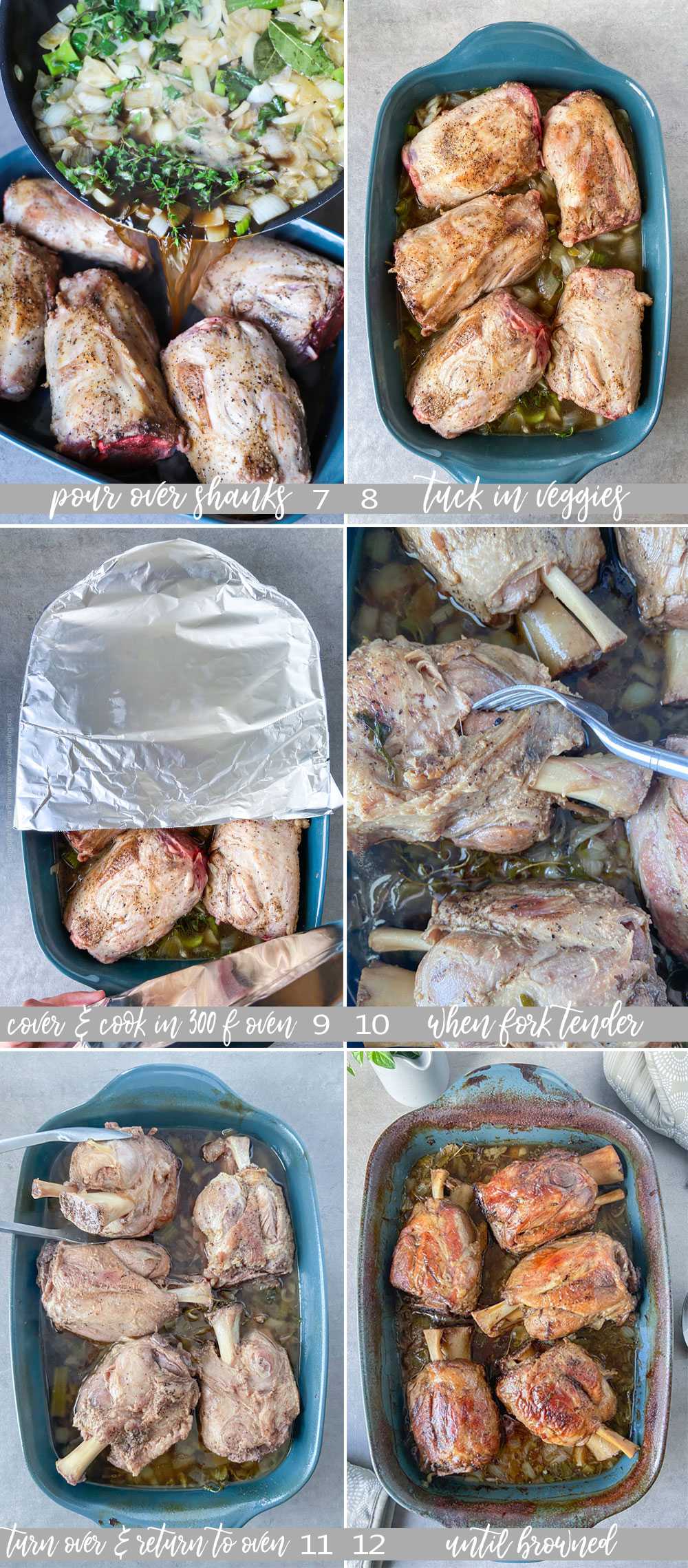
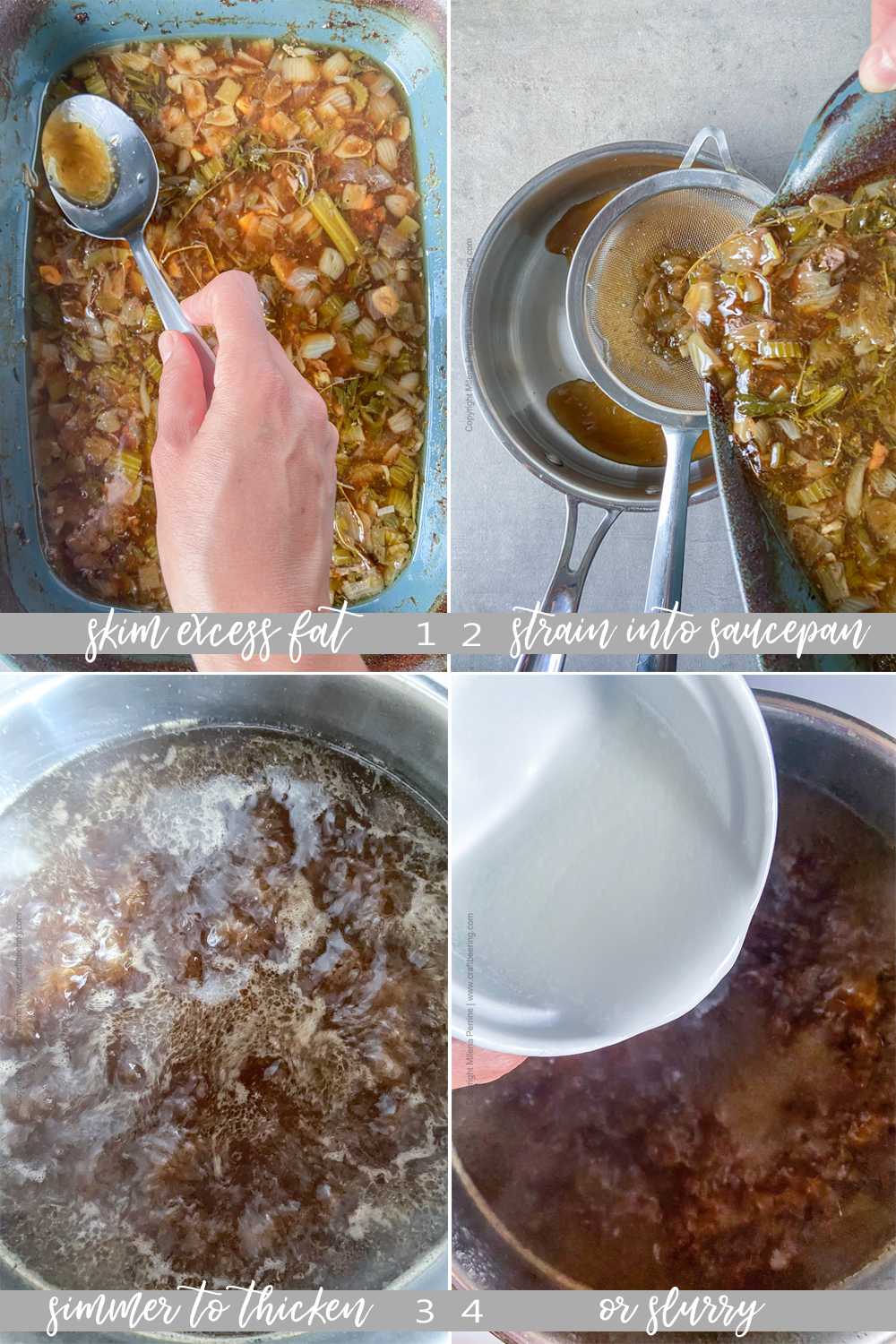
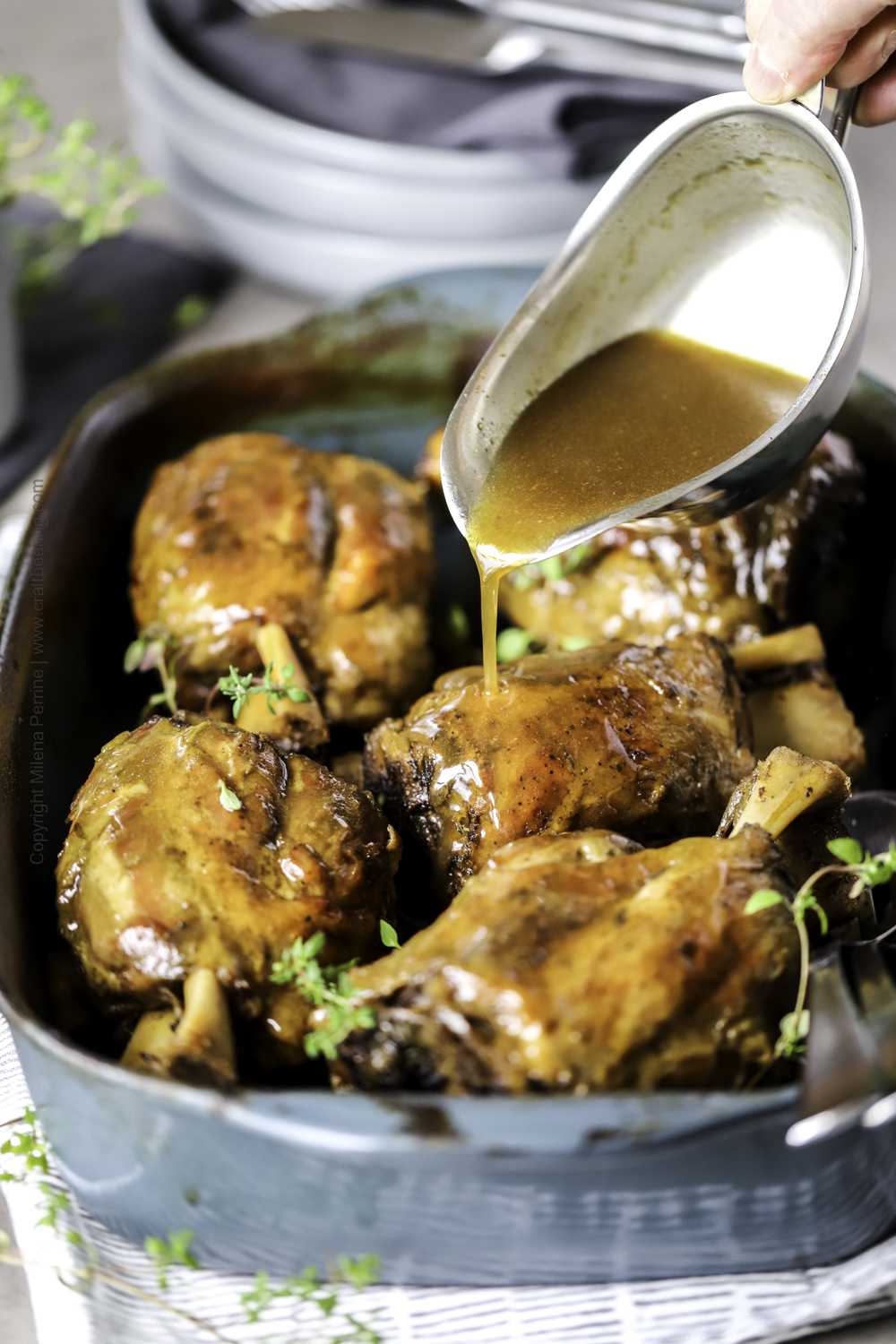
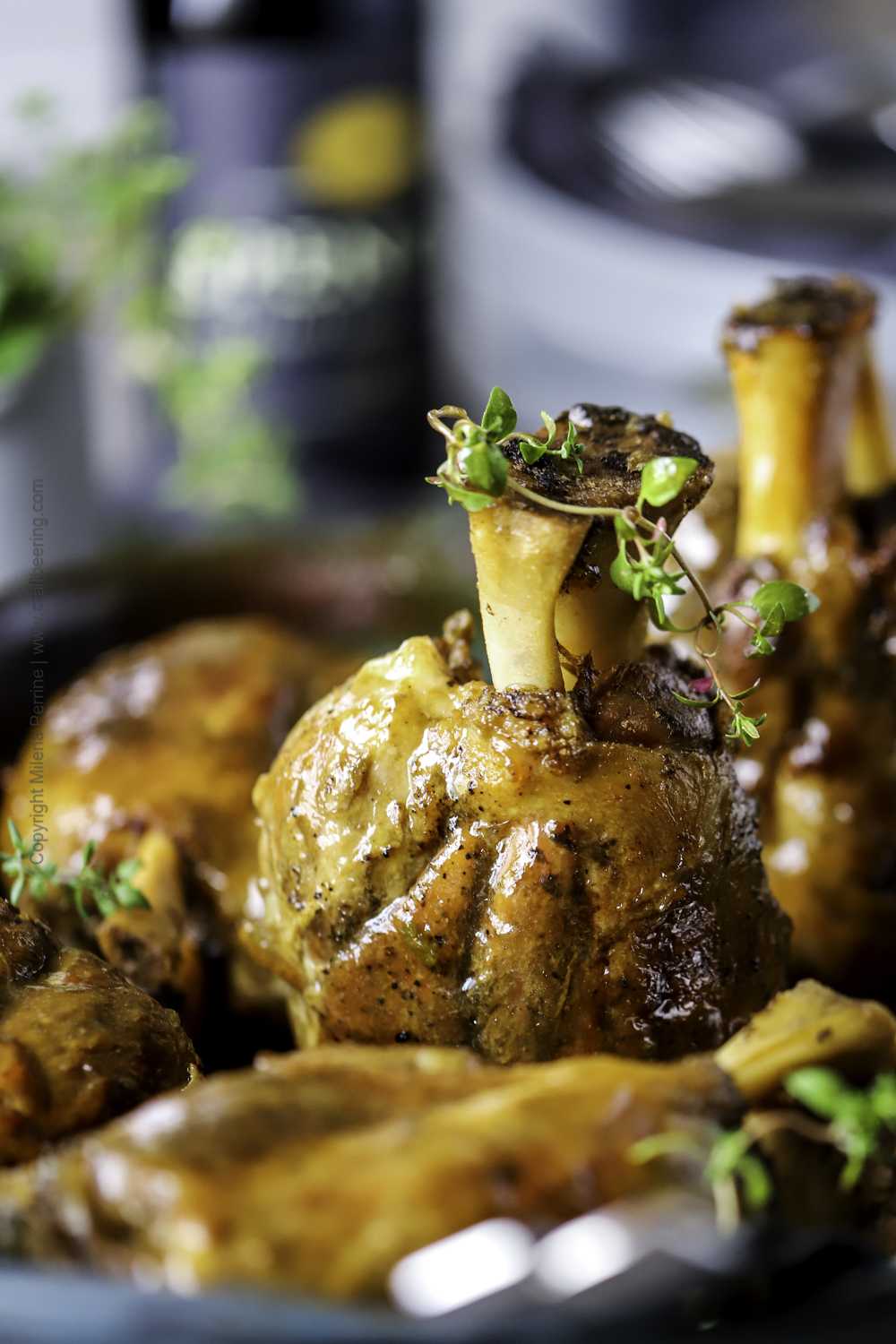
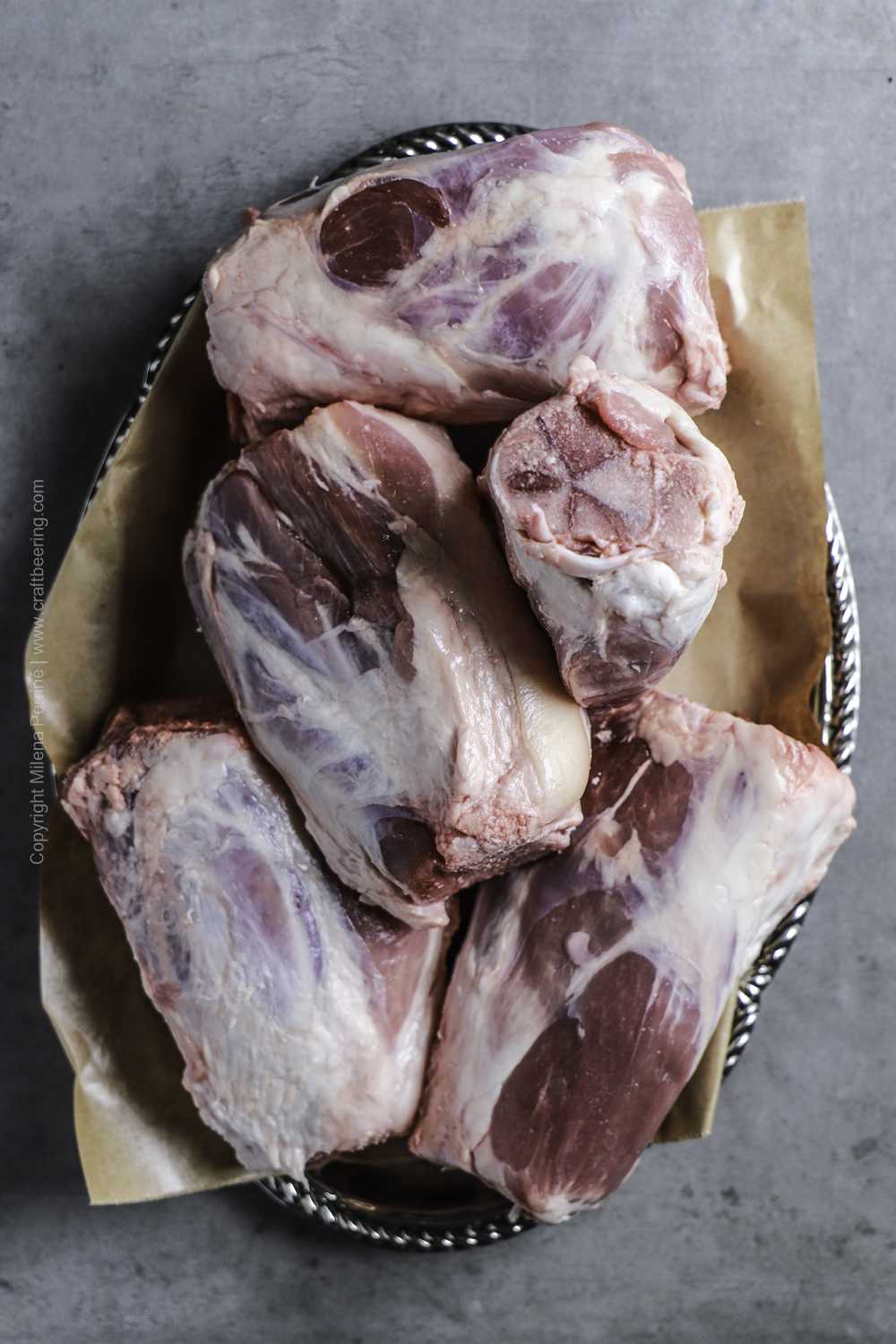
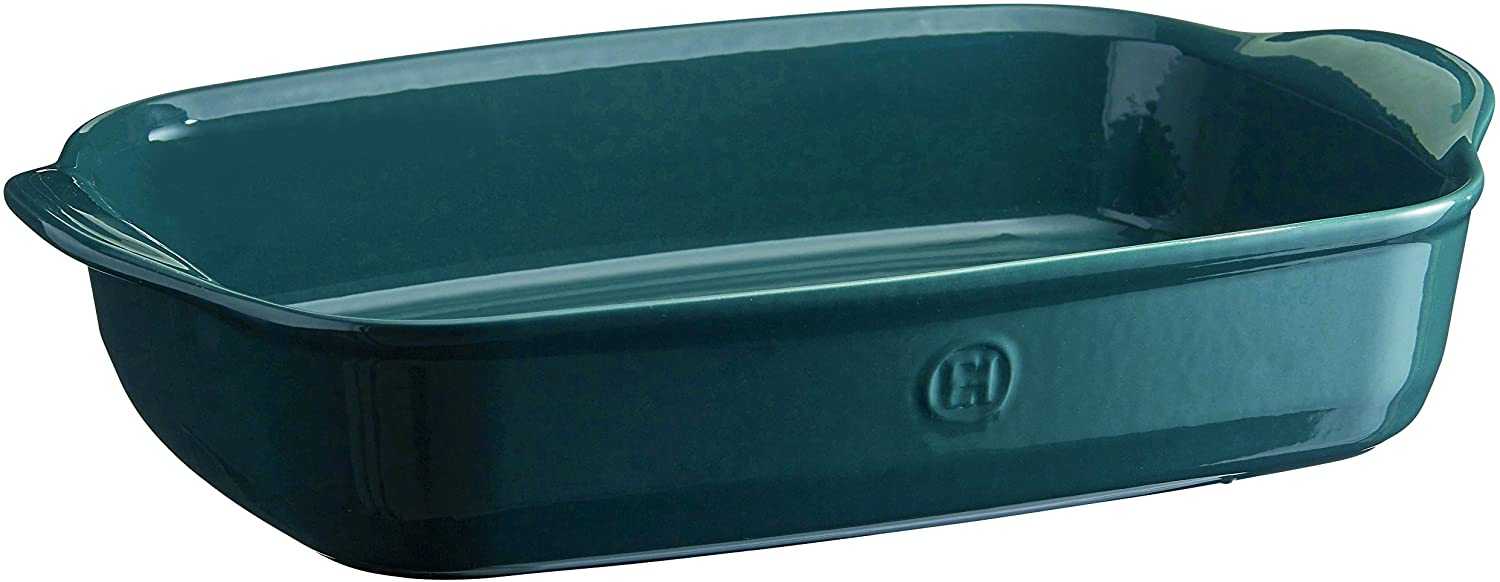
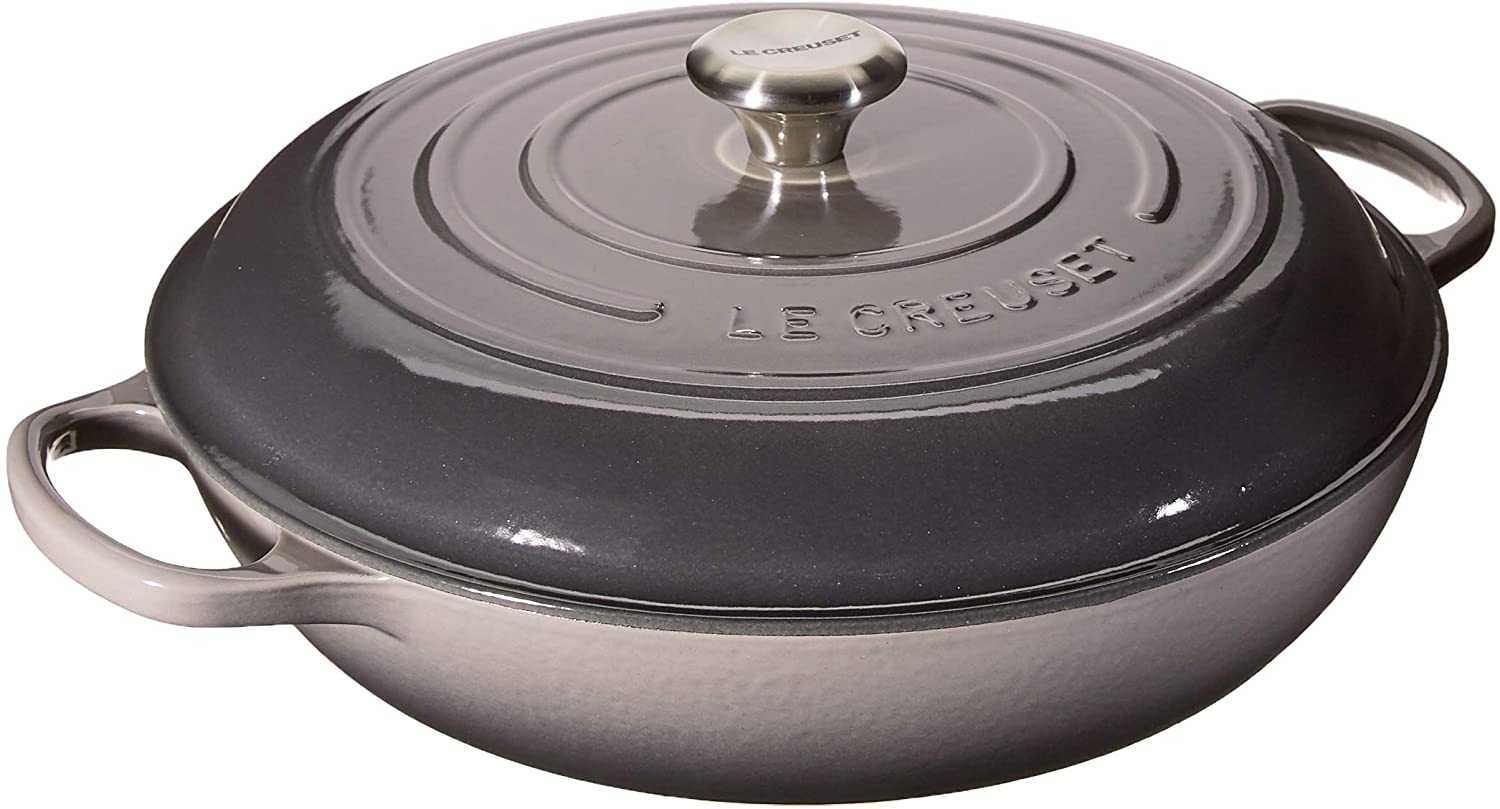
Margo says
This is the best pork shank recipe! I have used it twice before and this weekend will be braising two batches of six shanks for a large family gathering. Cannot wait to see everyone’s excitement digging in! We are all pork shank enthusiasts:)
Angie says
The pork shanks were so tender that the meat could barely stay on the bones while plating. Very happy with the richly flavored meat. First time braising pork shanks and will definitely make this dish again.
Jennifer @ Seasons and Suppers says
Oh my! Those shanks! If that isn’t a scroll-stopping photo, I don’t know what is 🙂 Beautiful and love them paired with the beer sauce 🙂
CraftBeering says
Thank you so much!